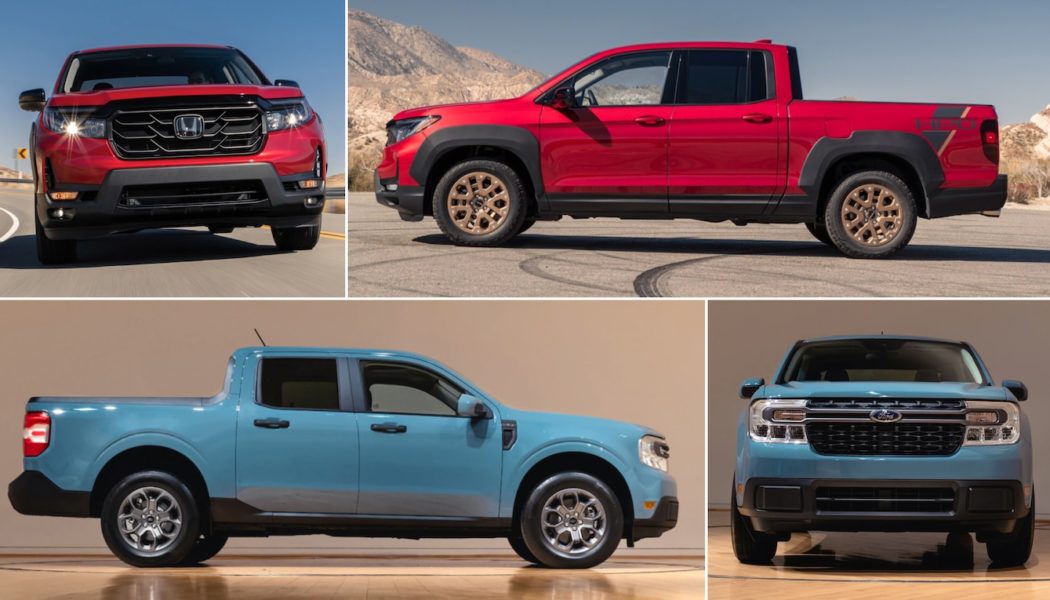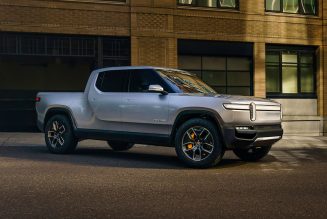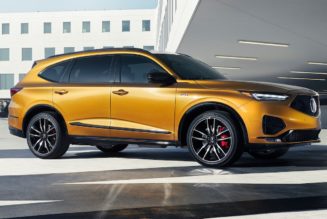Considering the compact 2022 Ford Maverick and midsize 2021 Honda Ridgeline pickup trucks are in two different classes, this breakdown of the specifications is not exactly an apples-to-apples comparison. What these Ford and Honda trucks share in common, however, are construction methods. Rather than traditional body-on-frame construction, the Maverick and Ridgeline both rest on car-like unibody bones. We already compared the Maverick to Hyundai’s Santa Cruz, and now it’s the Ridgeline’s turn to step into the ring.
Ford Maverick vs. Honda Ridgeline: Overall Utility
Let’s start with some basic figures. The Ford Maverick is 199.7 inches long and has a 121.1-inch wheelbase; its estimated curb weight is between 3,550 to 3,750 pounds. The Maverick’s versatile FlexBed is 4.5 feet long, although it expands to 6.0 feet with the tailgate down. In contrast, the Honda Ridgeline has an overall length of 210.2 inches and rests on a 125.2-inch wheelbase. We weighed a Ridgeline Sport with the available HPD kit at 4,444 pounds. Moreover, the Ridgeline’s bed measures around 5.0 feet in length, which expands to almost 7.0 feet with the tailgate down.
Ford Maverick vs. Honda Ridgeline: Performance and Efficiency
The Ridgeline relies on a 3.5-liter V-6 that produces 280 hp and 262 lb-ft of torque for motivation. All-wheel-drive is standard, as is a nine-speed automatic transmission.
The Maverick, meanwhile, is available with two powertrains. The base gasoline-electric hybrid unit relies on a 2.5-liter four-cylinder gas engine and a pair of electric motors to push 191-hp to the front wheels. A 250-hp 2.0-liter turbocharged I-4 is available, too. The more powerful option comes standard with front-wheel drive, however, all-wheel-drive is available.
Efficiency-wise, the Ridgeline sips fuel at a rate of 18 mpg in the city, 24 mpg on the highway, and 21 mpg combined, per the Environmental Protection Agency (EPA). The EPA’s yet to release fuel economy figures for the Maverick, however, Ford estimates the compact pickup will return figures 40/33/37 mpg city/highway/combined when equipped with its hybrid powertrain. The automaker remains mum on fuel economy estimates for the turbocharged truck.
Ford Maverick vs. Honda Ridgeline: Towing and Payload Capacity
When equipped with the optional 4K Tow package, the Maverick can tow up to a maximum of 4,000 pounds. Payload capacity, meanwhile, stands at a maximum of 1,500 pounds. Avoid the tow package, and the little Ford tows a maximum of 2,000 pounds. The Ridgeline, meanwhile, offers maximum payload and towing capacities of 1,583 pounds and 5,000 pounds, respectively.
While front-drive Mavericks sport 8.3 inches of ground clearance, AWD models welcome an additional 0.3 inch of ground clearance for a total of 8.6 inches. Approach, breakover, and departure angles for the FWD Maverick are 20.6, 16.6, and 21.9 degrees for the front-drive Maverick, respectively. Adding AWD raises those figures to 21.6, 18.1, and 21.2 degrees. Honda’s Ridgeline offers 7.6 inches of ground clearance, while its approach, breakover, and departure angles come in at 20.4, 19.6, and 19.6 degrees. If off-roading is key to your unibody truck purchase, the Ford seems to be the better bet—at least on paper.
Ford Maverick vs. Honda Ridgeline: Pricing
In Ford’s corner, the 2022 Ford Maverick XL will start at just $21,490 and is available in two higher variants: XLT and Lariat, both of which are available with an optional FX4 off-road package when equipped with AWD and the turbocharged engine. The trail-ready kit includes the likes of 17-inch wheels wrapped in all-terrain tires, additional underbody protection, and more.










